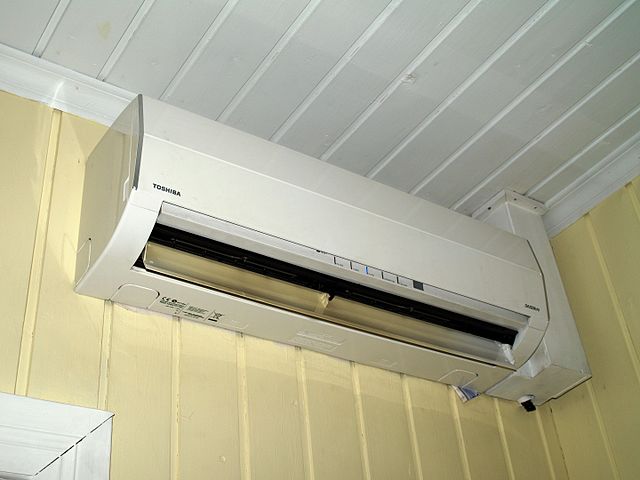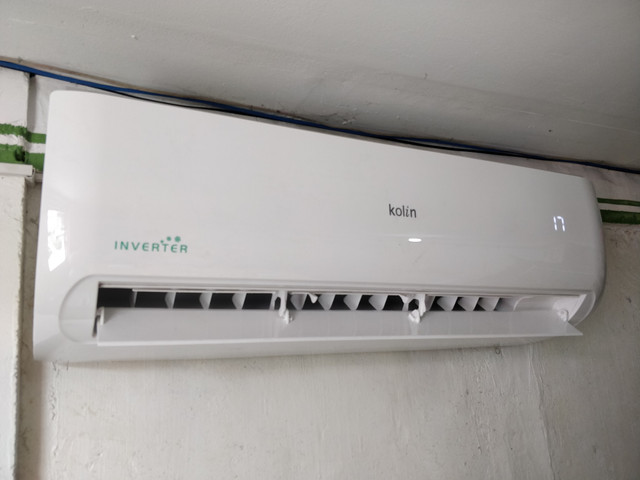
Building owners don’t update HEATING AND COOLING systems merely since they desire the most up to date A/C innovations; instead, they are looking to fix viewed shortcomings with existing systems. That implies the jumping off factor needs to be an extensive analysis of the existing system. A thorough survey as well as assessment of all major system parts must assess age, problem, efficiency and also expected remaining beneficial life. This need to include a testimonial of initial building drawings and repair and maintenance documents. Efficiency testing or non-destructive screening may be warranted for major tools parts or systems, including piping as well as ductwork.
It is important to evaluate the existing system to determine whether the system is causing comfort issues. Several A/C systems installed in the 1950s and also 1960s were just meant to supply a moderate degree of air conditioning. No one anticipated a system to provide a consistent temperature level year-round irrespective of outside problems.
Given that high energy prices usually justify COOLING AND HEATING upgrades, historical energy usage must be contrasted against market standards of bucks or BTUs per square foot for comparable sorts of centers. This comparison will certainly show how effective a building is as well as will certainly identify feasible target worths for improvement. It may additionally show that, although a HEATING AND COOLING system is 25 or even more years old, overall operating costs might approach newer buildings, to make sure that a full system substitute may not be warranted based upon power financial savings. In this instance, replacement of chosen components could be the most effective approach.
For some devices, such as centrifugal refrigerators, present tools is considerably much more effective than units mounted 20 or more years earlier, making use of 30 to 40 percent less energy than older designs. However, relying on the hours of operation of the tools, these savings alone might not validate substitute due to the high capital costs of new devices.

Another consideration in assessing an existing system is whether it utilizes an outdated innovation. Building automation systems have developed significantly over the last 10 to 15 years. Despite having systems that are working fairly well, it may be difficult to get parts or to locate service employees accustomed to older technologies. Furthermore, brand-new systems might have capacities that the older systems lack yet that would certainly boost mechanical system procedure as well as boost occupant convenience.
Conformity with codes and regulations is one more crucial issue. Structures developed from the late ’70s to the mid ’80s were often developed to give reduced outside air quantities than needed by existing codes. Substitute of an individual HEATING AND COOLING system part might not necessitate compliance with the brand-new codes; however, this might be desirable to ease worries that reduced outside air amounts might lead to indoor air quality problems. Learn more information on the HVAC system in this link.
A comprehensive HVAC system analysis is required to evaluate the influence of boosting the outside air rate. It is normally not as simple as rebalancing the air handling systems to provide additional outside air. Increasing the outdoors air will certainly enhance home heating as well as cooling down loads, which the existing cooling and heating plant and related distribution systems might not have adequate capacity to serve.
In the event a thorough system substitute is to be embarked on, conformity with the current codes will likely be required. HEATING AND COOLING upgrades must be carefully reviewed to figure out the complete extent of code-required upgrades; this work can make the job dramatically a lot more costly than originally anticipated.
Think about one proprietor who was pondering a significant structure renovation, consisting of mechanical system upgrades. The existing water-cooled air-conditioning devices on each flooring were not sized to manage the quantities of outdoors air presently needed. Although the tools was in reasonable problem as well as can likely have remained to run for several years, the proprietor chosen to replace the devices so the building would fulfill the brand-new air flow criterion, in addition to avoid future disruption if replacement was required after the structure was completely occupied. Consequently, other system parts, such as cooling down towers and pumps, likewise needed to be replaced.
Environmental regulations might affect A/C upgrades. In 1996, the Clean Air Act mandated a ban on the manufacture of CFC (chlorofluorocarbon) refrigerants, which were made use of in practically all large chillers generated up until the very early ’90s. Some CFC refrigerants are still reasonably commonly available on a recycled basis; others are scarce or are very pricey. A proprietor with a CFC chiller ought to take into consideration cooling agent issues in making a decision whether to replace the equipment.
